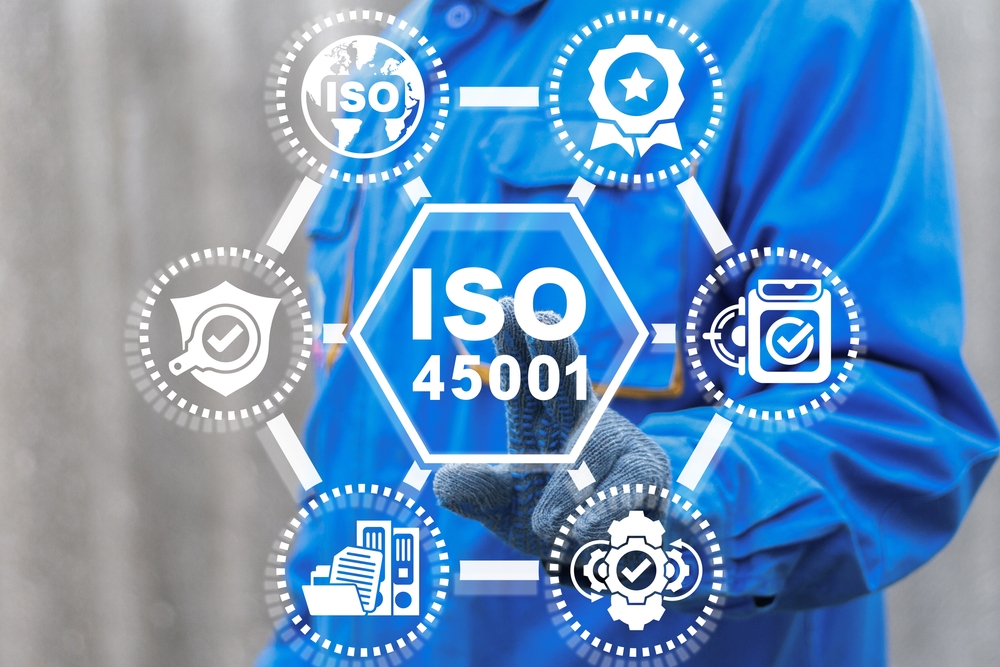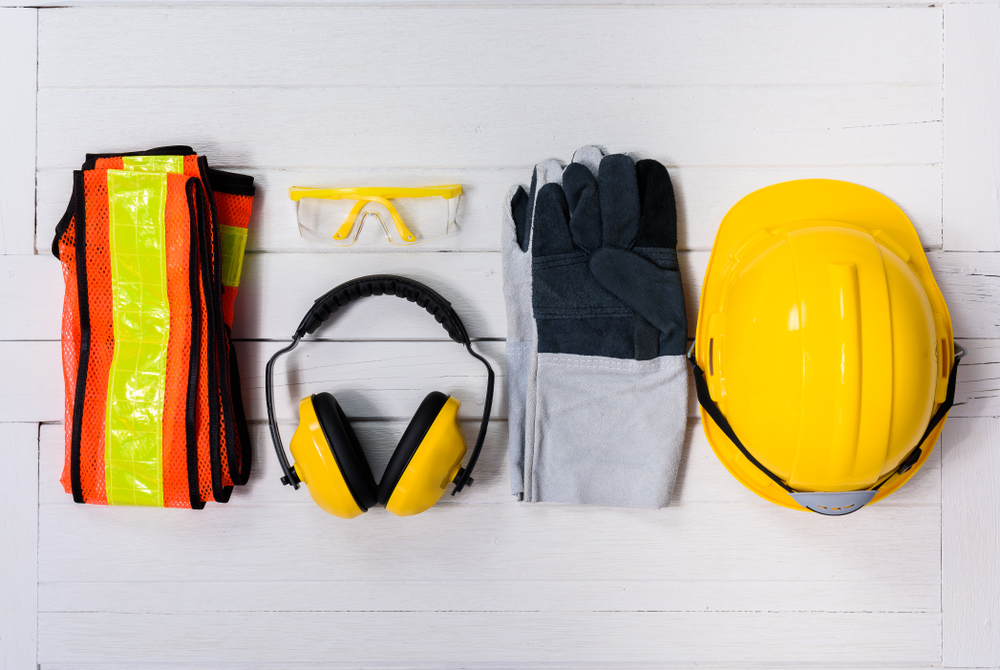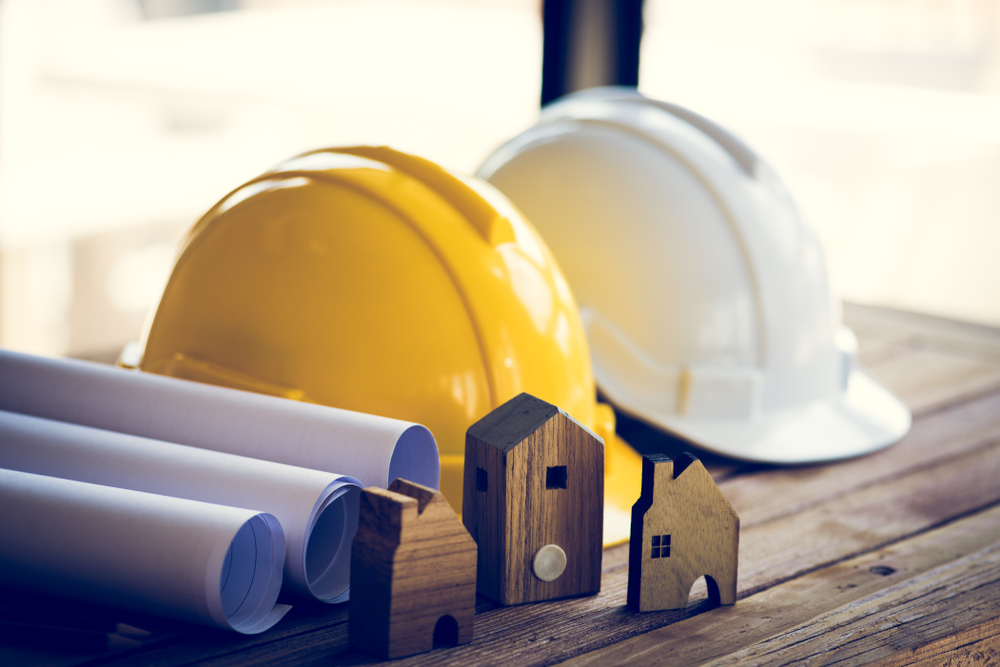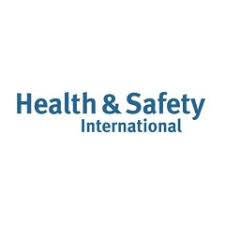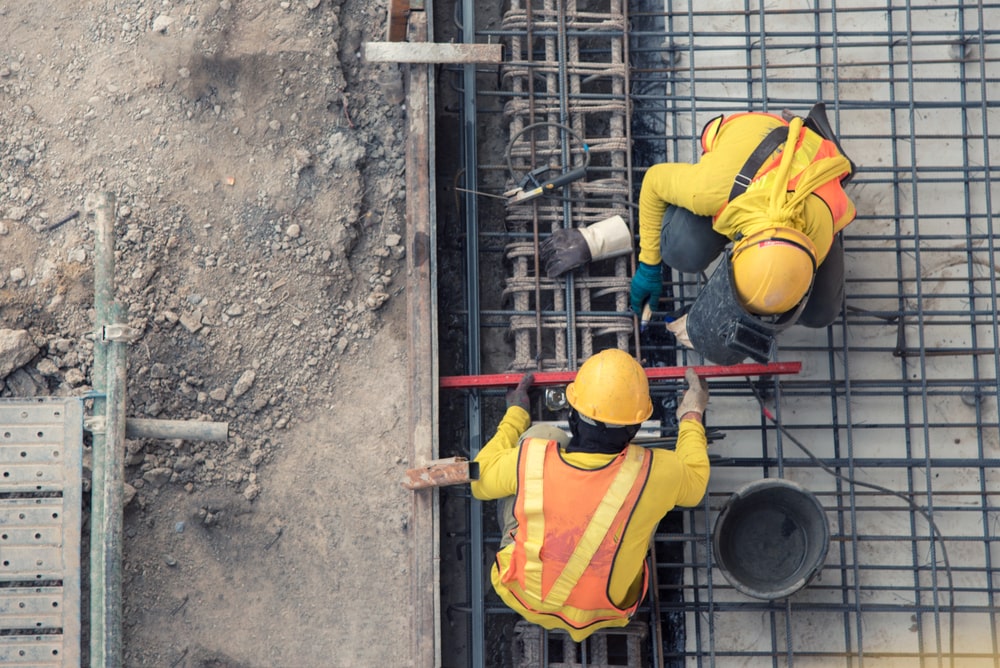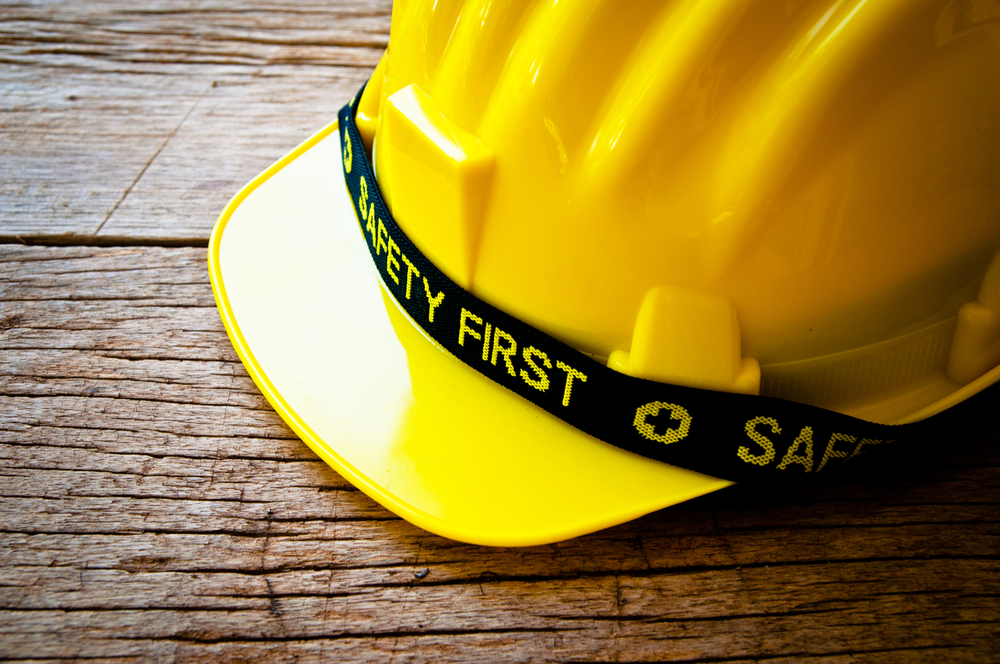News Post
Who Is Responsible for Workplace Health and Safety?
Health and safety in the workplace is all about controlling risks in a way that protects both your employees and your company. Strong leadership, including your employees, managers, suppliers, contractors, and consumers, is a characteristic of great health and safety management.
Prioritising health and safety matters serves the purpose of keeping every employee, your subcontractors, your customers, and everyone else involved in the business safe while they are working with or for you.
Why Is Workplace Health and Safety So Important?
Workplace health and safety is not only part of the law; it is also an element of being a good company and employer since it ensures that your staff are not injured as a consequence of the work they do for your business. The significance of workplace health and safety cannot be overlooked at all.
Workplace health and safety is important for a number of reasons – here are some reasons as to why. Health and safety is crucial, not just for your employees, but also for any customers, contractors, visitors, and members of the public who might do business with you or come into contact with your business in some manner.
The Law - The main factor that makes the workplace so important is that the Health and Safety at Work Act of 1974 imposes a responsibility of care on you, but it's also smart business practice to follow health and safety responsibilities regardless of the health and safety law. Companies that break this law and don't follow the regulations risk losing employees, incurring greater recruitment expenses, lowering retention rates, and losing money - as well as damaging their brand reputation.
Protect employee health and wellbeing - Bad health and safety within the premises of your workplace can lead to illness, injury, and possibly even death if you don't maintain regulations and obey safety properly. If safety conditions are poor, anyone involved in the business and workplace can endure injury or have their safety jeopardised. Injury or harm to employees and people in any organisation is unacceptable; therefore, workplace health and safety is critical for the health and well-being of all employees across all sectors.
Potential implications - Employers need to understand the importance of health and safety and how if it is not controlled properly it could affect employees, leaving them with potential medical expenses, potential unemployment, long-term effects on their health, and reduced wages.
Violations of health and safety standards can result in penalties, jail, and the loss of your business entirely. It can also put a burden on employers as they can suffer from fines and compensation claims, loss of profits, damaged work equipment and a tarnished reputation if standards are poor and not well maintained. In the worst possible scenario, you could be the employer who is accused of corporate manslaughter after one of your employees dies in an accident at work - which is the last thing you want to happen.
Ethical and efficiency - Regardless of the law and legal requirements, ensuring your employee and staff team are kept safe and healthy in the workplace when returning home is the morally right thing to do. Protecting your employees reduces absences as they have ease of mind knowing that they are safe at work, resulting in a more efficient and productive working environment. Employees are actually more productive in a workplace that prioritises health and safety, according to research.
Competitive advantage - An excellent employer health and safety record gives you a competitive edge since it develops trust in your brand and reputation, whereas poor health and safety performance has a significant impact on profitability and can lead to lost business or even closure. Job seekers are increasingly seeking positions with companies that match their values, so if you don't have solid organisational responsibility and sustainability standards, you might find it difficult to recruit and keep the best workers.
If construction work is going on within your business's premises and you have control of premises procedures, you need to ensure the health and safety of construction workers from insurrection supply chains within the construction industry. A common hazards guidance booklet can help ensure this.
How to Decide Who’s Responsible for Your Health and Safety Processes
Employers and business owners must know who is responsible for workplace health and safety and the steps they should follow to protect the health and safety of their employees, as well as other people involved in their business who may be affected by their operations.
While there is no single individual responsible for workplace health and safety, it is your obligation as an employer to safeguard the health, safety, and welfare of your workers and anyone else involved in your business and workplace. As a result - you – the employer bears the majority of the responsibility. In short, although no single person is fully responsible for workplace health and safety processes, employers hold the majority of the responsibility.
As the employer, it is your duty to choose somebody capable of assisting you in fulfilling the role as a health and safety representative. A responsible individual who possesses the experience, skills, and expertise should be the right person required to manage health and safety processes. You will be the best judge of your company's health and safety standard risks and safety issues; therefore, you should be a rather proficient individual who can complete risk assessments and processes on your own.
So, when deciding who to make responsible for your organisation's health and safety processes, you should take into consideration a range of factors to determine who is best for the role. You can appoint one individual such as yourself or an employee representative, or even select a combination of your workers or an individual currently outside of the business, such as a Health and Safety Executive.
Though organisations can acquire the required skills for health and safety regulations and can follow steps to manage health and safety in-house, there are a few areas you might not be able to handle on your own and may need to seek outside assistance for. It's critical to recognise and decide what kind of assistance you require when deciding who is responsible for your health and safety processes. Make sure that if you hire someone to assist you, they are qualified to complete the duties you assign them and that you give them sufficient knowledge and competent guidance for taking on this responsibility.
Provide Your Staff With the Best Training
It is highly essential for all businesses, including your own, that all staff are properly trained in health and safety and know the policy. Every individual employed by you who works for you or is involved in your business must be able to work safely without putting their health in danger. You must offer your workers clearer guidance on health, as well as proper training.
You should include health and safety training in their introduction so that they not only understand it but also have the impression that it is a top priority for your business from the start. You should examine this on a regular basis and ensure all employees, including senior staff, receive training when new policies are introduced. Any additional training requirements connected with specific hazards must be identified during your risk assessment. If you've identified any areas of risk in your company, make sure your staff are properly trained and informed about the measures they must take before accessing them.
Additionally, you should also consider any regulatory requirements for particular job training within your business or workplace. You need to make your staff aware of any new health and safety concerns if you implement new protective equipment, technology, constructions or modifications.
Providing your staff with health and safety training ensures that they know how to work safely and properly without breaking any regulations and without enduring any health and safety risks or injuries. It also enables you to fulfil your legal requirement to safeguard your employees' health and safety, as well as to foster a good health and safety culture in which safe working practices become part of the routine for everybody involved in the business. Providing your workers with the best staff training can also save your company money by reducing the financial expenses of accidents and occupational illness.
Get in Touch for Health and Safety Consultancy
For more information on health and safety policy and how best to ensure your workplace is safeguarded against legal breaches, get in touch with SMS Europe today on 0845 224 0028 or email office@smseurope.co.uk. Our team of trained health and safety consultants are well versed in training and guidance and truly excel in supporting employers across a vast range of industries.
Latest News
Health and Safety in Schools Checklist
Health and safety should be a top priority in any workplace, but especially in schools. Not only are you responsible for your staff’s safety, but you need to maintain the welfare of your pupils too. To do so, you must uphold your legal complian..
It can be difficult to decide your future path - a lot can ride on it, after all - but a career in health and safety could be the right choice for you. There are several types of careers in the health and safety industry that might be a good fit..
What is ISO 45001?
If you’re wondering what ISO 45001 is, then this is the guide for you. Replacing the old OHSAS 18001 standard, ISO 45001 is the new international standard for occupational health and safety management. In this guide, we'l..
Who Enforces Health and Safety?
The enforcement of health and safety is crucial to maintain healthy workplaces. The term health and safety itself covers the safety legislation and safety law that comes under the Health and Safety at Work Act 1974. In general, this means t..
Health and safety training is a requirement in the workplace, no matter which sector you work in. Our experts at SMS Europe have been providing an extensive range of specialist health and safety services for almost 20 years. To help make work en..
Health and safety in the workplace is all about controlling risks in a way that protects both your employees and your company. Strong leadership, including your employees, managers, suppliers, contractors, and consumers, is a characteristic of great ..
Health and safety in the workplace is immeasurably important. But, without the Health and Safety at Work Act of 1974, we might have never prized safety so highly. This piece of workplace legislation is highly significant and indeed has transform..
Fire Safety and Fire Risk Assessment at Leased Offices and Buildings Fire safety at leased single and multi- tenanted offices can be approached in a number of ways. Generally speaking, there are three types of premises, (single occupancy lea..
Safety Gloves
Please have a read at SMSE Managing Director Philip Marsden's article on Safety Gloves which is published in the February 2022 edition of Health and Safety International Magazine. https://www.hsimagazine.com/article/fits-like-a-glove/ We wo..
Current Health and Safety Industry Trends
New Guidance Released for Managing Home Workers As an employer, you have the same health and safety responsibilities for those who work from home as you do for all other employees who may work from the workplace. In most cases, the dange..
Who Is Responsible for the Health and Safety on a Building Site? Legally, the responsibility of health and safety within the business lies with the employer. It is up to them to make sure the environment meets the necessary health and safety requi..
No one wants to be injured whilst at work, and no one wants their staff to be injured, especially whilst on the job. That doesn’t mean that accidents don’t happen. In fact, each year an average of 22 manufacturing workers die in workplace..



